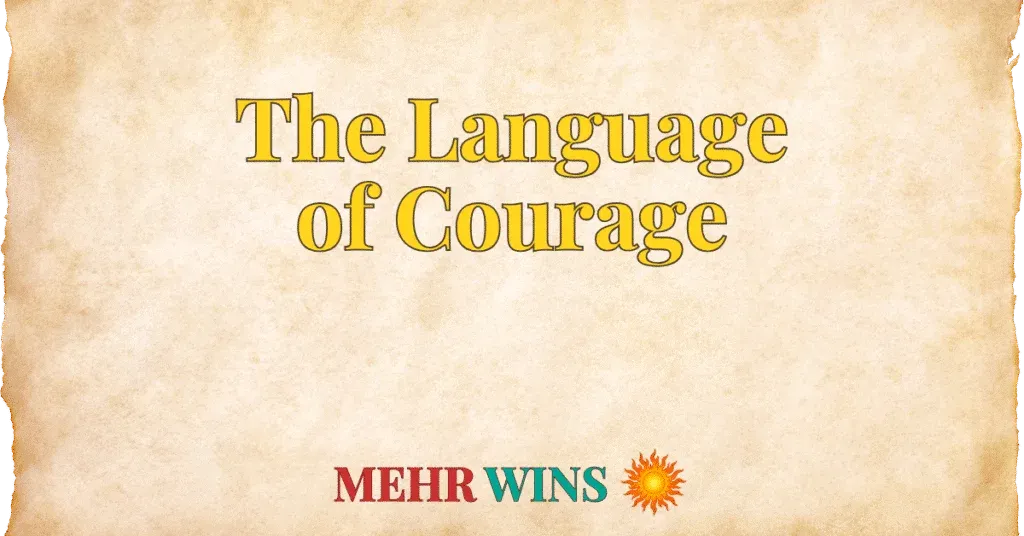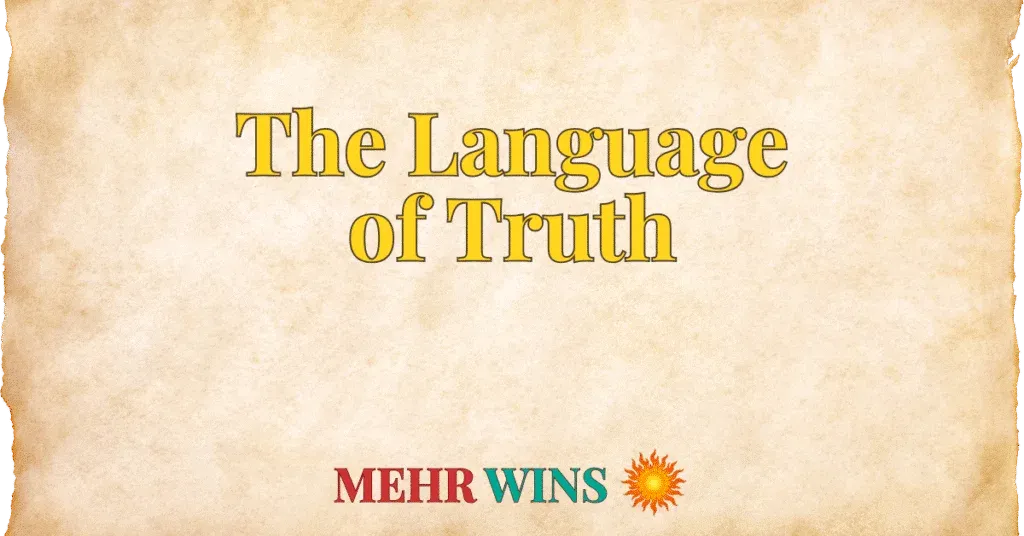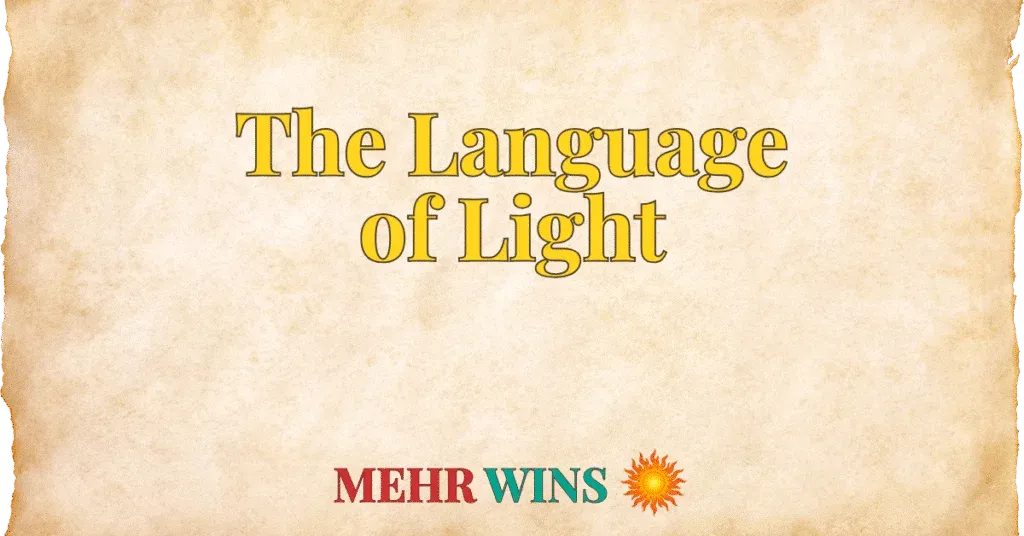
Courage doesn’t always roar. Sometimes it whispers, try again. It’s the quiet force behind persistence, the steady breath before a leap, and the reason people rise when they’re broken. True courage means showing up with fear, not without it. It’s the strength to speak truth when silence feels safer, the fire that fuels action in the face of uncertainty, and the resolve to walk through darkness with open eyes. Rooted in epic tales and spiritual endurance, Persian offers layered expressions of this essential human power. These ten Persian words reflect the enduring presence of courage, aligned with the deeper truths this project hopes to illuminate.
1. شجاعت Shajā’at (sha–jā–at) – Courage, Bravery, Valor
Shajā’at is the fundamental term for courage and bravery, denoting the quality of being fearless in the face of danger, pain, or uncertainty. It’s the core attribute of a brave heart.
Example: “His shajā’at in defending his beliefs inspired many to follow.”
2. دلیری Delīrī (de–lee–ree) – Bravery, Boldness, Daring (from the heart)
Delīrī literally means “of the heart” (from del, meaning heart), signifying a bravery that springs from inner spirit and conviction. It speaks to a boldness and daring to act.
Example: “She showed incredible delīrī by taking on such a challenging task.”
3. غیرت Gheyrat (ghey–rat) – Zeal, Honor, Self-Respect (Driving Courage)
Gheyrat is a complex term embodying a fierce sense of honor, self-respect, and protective zeal that drives one to courageous action. It’s courage born from a profound sense of duty or dignity.
Example: “His gheyrat for his community moved him to speak out against injustice.”
4. جرأت Jor’at (jor–at) – Daring, Audacity, Courage to Act
Jor’at refers to the daring and audacity to undertake something, often implying the courage to take initiative or speak boldly, even if it carries risk. It’s the courage to begin.
Example: “It took great jor’at to admit her mistake publicly.”
5. همت Himmat (him–mat) – Resolve, Aspiration, Spiritual Courage
Himmat signifies high aspiration, strong determination, and the spiritual courage to pursue noble goals. It’s the inner resolve that propels one forward despite difficulties.
Example: “She approached her life’s purpose with unwavering himmat.”
6. پایداری Pāydārī (pay–dah–ree) – Steadfastness, Endurance, Persistence
Pāydārī describes a steadfast and enduring quality, the persistence that comes from quiet courage. It’s the resilience to remain firm and unyielding over time.
Example: “Through years of struggle, her pāydārī was a testament to her strength.”
7. دلاوری Delāvarī (de–lah–va–ree) – Heroism, Gallantry, Valiancy
Delāvarī is a more elevated term for bravery, referring to acts of heroism and gallantry, often in battle or in exceptionally challenging circumstances. It’s courage that reaches heroic proportions.
Example: “The ancient stories recount tales of great delāvarī in times of war.”
8. ناترسو Nātarso (nah–tar–soo) – Fearless, Undaunted
Nātarso describes someone who is literally “without fear” or undaunted. It captures the essence of fearlessness as a quality of courage, enabling one to face anything.
Example: “With a nātarso spirit, she ventured into uncharted territory.”
9. اقدام Iqdam (iq–dam) – Initiative, Undertaking, Bold Step
Iqdam refers to the courageous act of taking initiative or undertaking a bold step. It highlights the active decision to move forward, even when unsure of the outcome.
Example: “His quick iqdam saved the project from collapsing.”
10. عزم Azm (azm) – Resolve, Determination, Firm Intention
Azm signifies a firm resolve and unshakeable determination. It is the unwavering inner strength that empowers one to commit to a path and see it through, regardless of obstacles.
Example: “With renewed azm, she began her journey toward healing.”
Pronunciation Note
To help with pronunciation, Persian transliterations often use the following consonant markers:
• gh – a throaty sound, like French r (غ / ق)
• kh – a deep “h” sound, like the ch in Bach (خ)
• zh – like the s in measure (ژ)
• sh – like sh in shine (ش)
• ch – like ch in cheese (چ)
Stressed syllables are shown in bold within the pronunciation.
Italicized words in parentheses reflect how to say the word phonetically.



